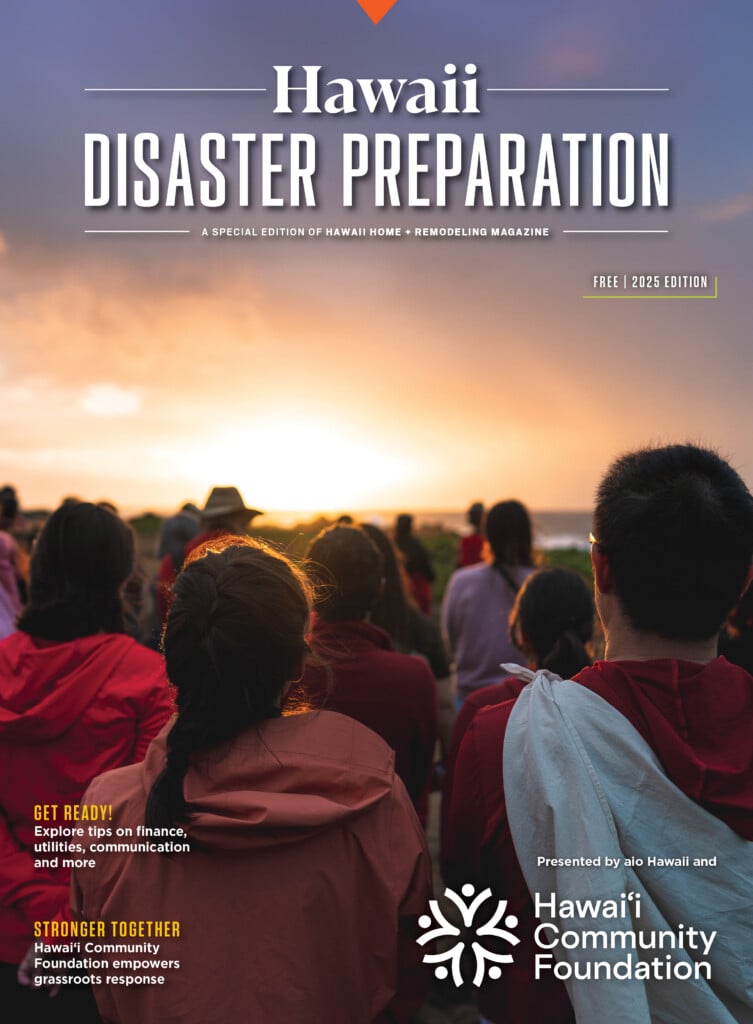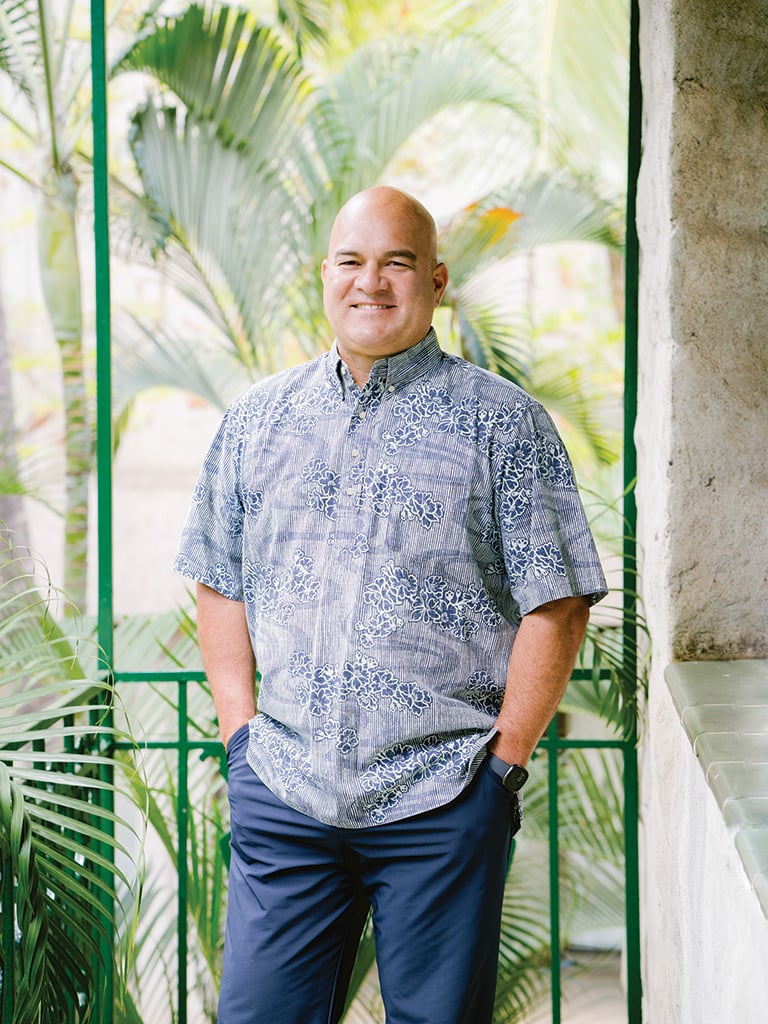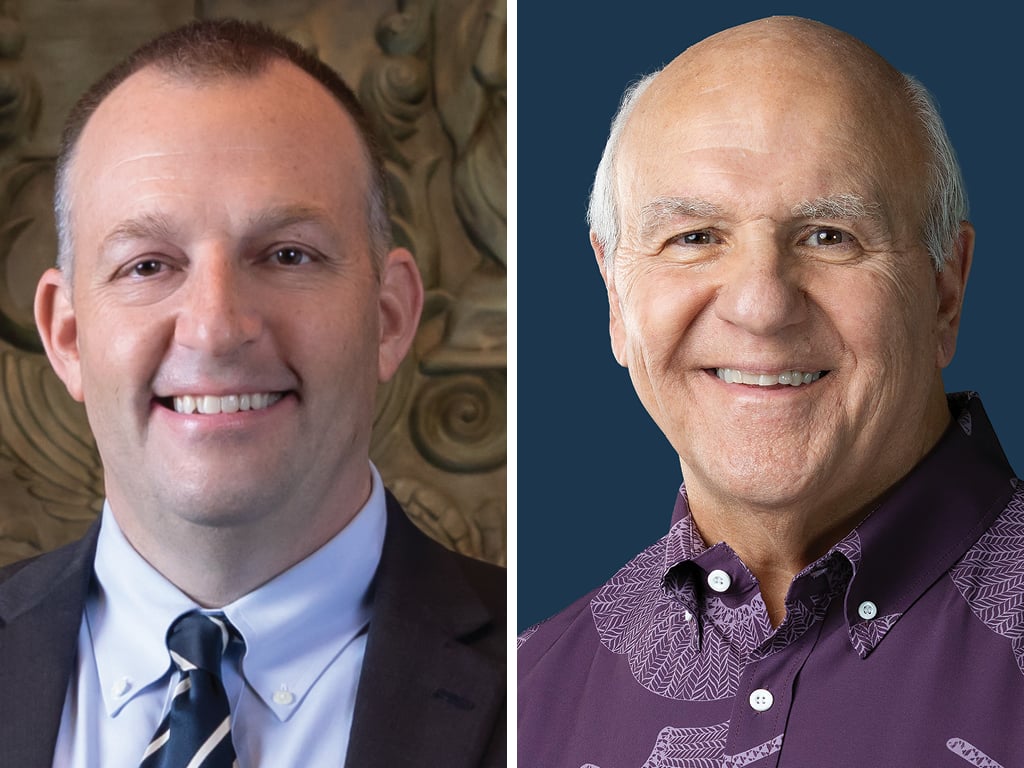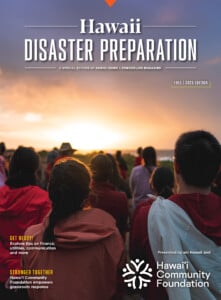Tune In and Reach Out
Reliable information and strong connections are key to navigating emergencies safely and confidently.
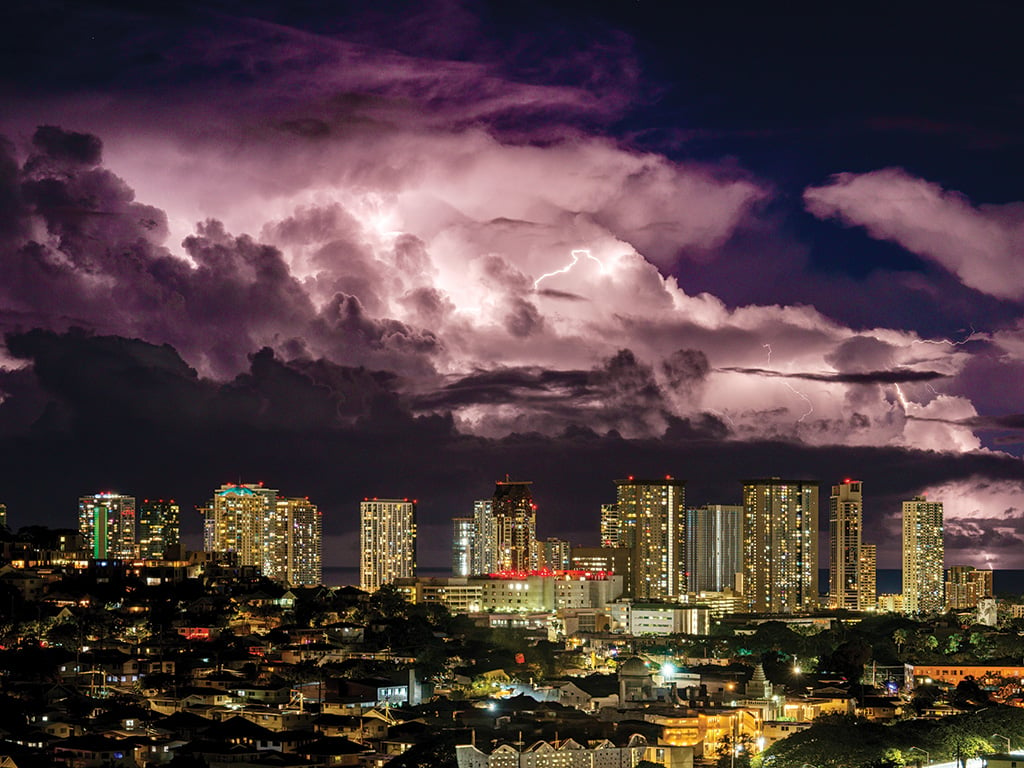
Communication can save lives during a disaster. But what happens when the power’s out and cell service fails? According to the Honolulu Department of Emergency Management (HDEM), staying in touch with loved ones — and receiving trusted, up-to-date information — requires a layered approach.
“Make sure your emergency plan includes more than one way to get information,” says Dr. Randal A. Collins, the department’s new director. “Don’t just rely on your phone or television. If the power, internet or cell service goes out, you’ll need backup ways to stay informed.”
In today’s app-heavy world, it’s easy to overlook traditional tools. Keep a battery-powered or hand-crank radio at home, ideally one that receives National Weather Service broadcasts. Your car radio is also a reliable option when electricity is down.

The facilities and technology at CBS 1500 AM (KHKA) on Oahu are strategically designed to keep the station on the air during disasters.
CBS 1500 AM (KHKA) is one of Oahu’s go-to radio stations for emergency updates. During a disaster, KHKA delivers real-time information from city and state agencies, including evacuation notices, shelter locations, road closures and weather alerts. Even when other systems fail, KHKA stays on the air.
The city’s HNL Alert system is another critical resource. For urgent text notifications, text HNLALERT to 888777. Sign up at hnlalert.gov to customize your alerts by location or hazard.
Staying informed is just one part of the plan. Keeping in touch with your family or neighbors takes advance preparation.

HNL Alert, Honolulu’s new emergency notification system, sends real-time updates by text, email or app.
“Make an emergency communication plan and practice it,” advises Collins. Choose two meeting places — one near your home or shelter, one farther away — and write down important phone numbers. Pick an out-of-state contact everyone can check in with. Teach kids how to send a message like “I’m safe at [LOCATION],” and run a drill each year.
Neighborhoods should create support networks ahead of time. Identify residents who might need help and set up check-in systems using text chains, walkie-talkies or house visits. Choose a centralized gathering spot in your community and take stock of who has supplies to share.
“How many of your neighbors do you know by name?” asks Collins. “That’s your starting point.”
A strong emergency plan begins with clear communication, and the connections you build today will help carry you through the next disaster.

Meet HDEM’s New Director
Dr. Randal A. Collins brings more than 30 years of emergency management experience to Honolulu. Before starting as HDEM director on May 1, he led crisis response efforts for the NEOM project in Saudi Arabia, overseeing strategic initiatives and establishing the project’s first weather service.



